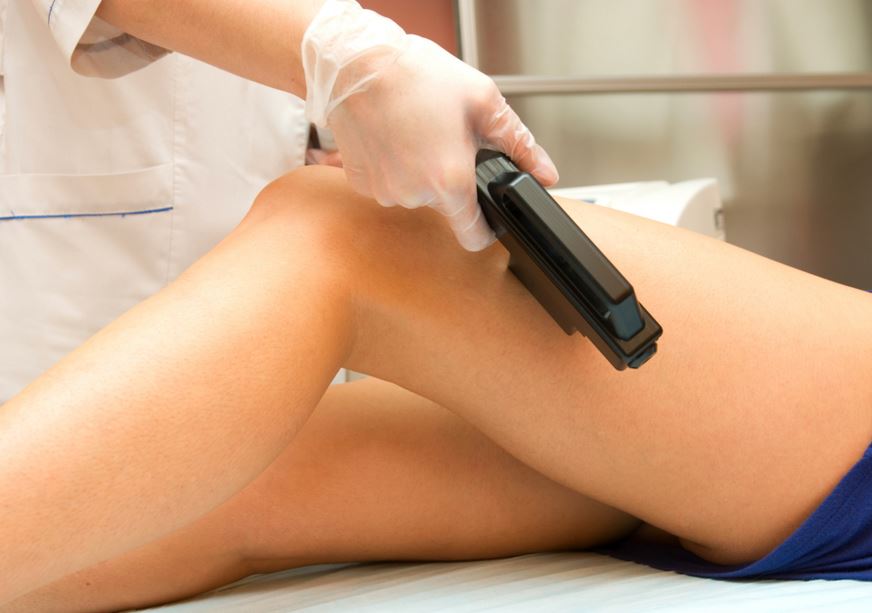<p style="text-align: justify;">If you suffer from varicose veins, you have probably considered undergoing treatment to relieve the discomfort associated with this disorder. If you&#8217;ve had enough pain, swelling and limitations imposed upon you by your varicose veins, it&#8217;s time to learn about the various treatments and the general process.</p>
<p style="text-align: justify;"><img class="aligncenter size-Correct-Size wp-image-13039" src="https://medusamagazine.com/wp-content/uploads/2016/01/Varicose-Vein-Treatment-What-you-Should-Expect-640x449.jpg" alt="Varicose Vein Treatment: What You Should Expect" width="640" height="449" /></p>
<h3 style="text-align: justify;"><strong>What to Expect from Endovenous Thermal Ablation</strong></h3>
<p style="text-align: justify;">This procedure uses high-frequency radio waves to produce heat in order to shrink the characteristically loose, slack veins. The procedure for endovenous thermal ablation is:</p>
<ul style="text-align: justify;">
<li>Administering a mild sedative and an anti-inflammatory medication prior to the procedure</li>
<li>Sterilizing the leg and administering a local anesthetic</li>
<li>A catheter is then inserted, through which the laser is introduced to the vein and heat is applied</li>
</ul>
<p style="text-align: justify;">This is an outpatient procedure that generally takes less than 3 hours. Patients, such as the clients at Ivein Vein Center, often experience up to a 95 percent success rate.</p>
<h3 style="text-align: justify;"><strong>What to Expect from Ambulatory Phlebectomy</strong></h3>
<p style="text-align: justify;">This in-office procedure in minimally invasive and takes about 2 hours to complete. During an ambulatory phlebectomy, the following takes place:</p>
<ul style="text-align: justify;">
<li>An ultrasound mapping of the vein is performed</li>
<li>The leg is sterilized and locally anesthetized</li>
<li>A small incision is made through which the affected vein is carefully removed with specialized tools</li>
</ul>
<p style="text-align: justify;">This procedure offers about a 90 percent success rate, and is an excellent option for patients who are not candidates for other forms of therapy.</p>
<h3 style="text-align: justify;"><strong>What to Expect from Sclerotherapy</strong></h3>
<p style="text-align: justify;">This procedure utilizes a specially formulated injectable solution that causes the veins to become irritated. This causes a type of scarring, known as sclerosing, which closes off the affected vein and results in it being reabsorbed into the body. During sclerotherapy, the following can be expected:</p>
<ul style="text-align: justify;">
<li>The affected vein is located via ultrasound mapping</li>
<li>A small syringe filled with the special solution is inserted, and the medication is delivered</li>
</ul>
<p style="text-align: justify;">This procedure requires no anesthesia. There is an 80 percent success rate with each injection therapy session, although multiple therapies may be needed to fully address all veins.</p>
<p style="text-align: justify;">These commonly performed procedures are safe, performed in-office and require very little in the way of aftercare other than wearing a compression stocking for a short period of time. Your doctor can advise you upon individual rest requirements, but most people are active within the week following any of these therapies.</p>

Varicose Vein Treatment: What You Should Expect
